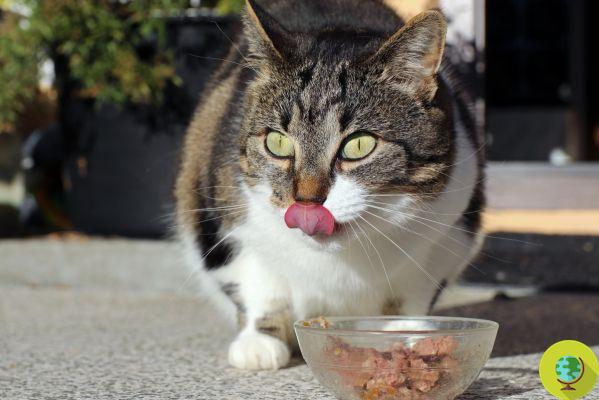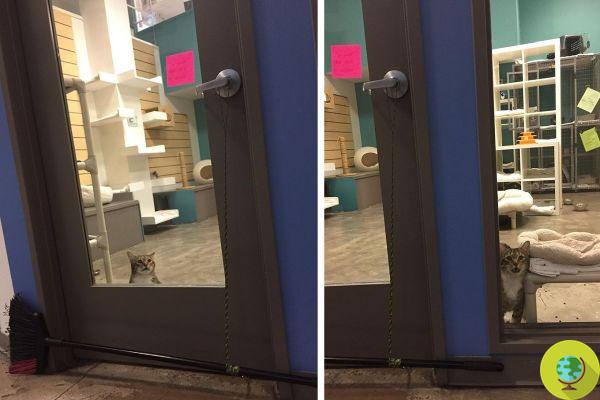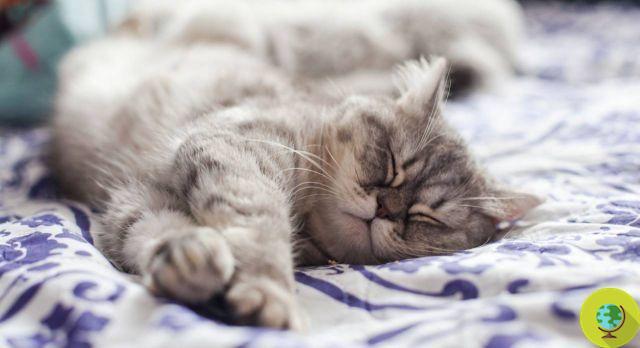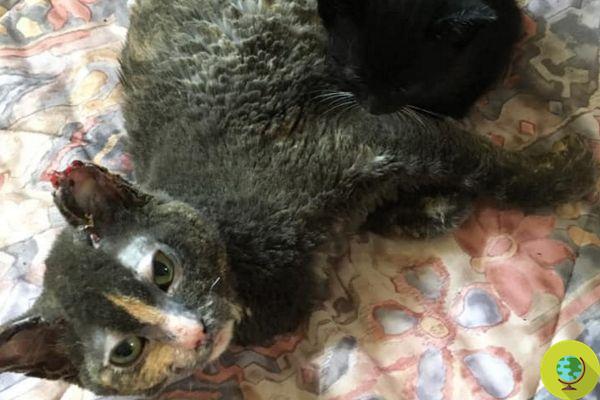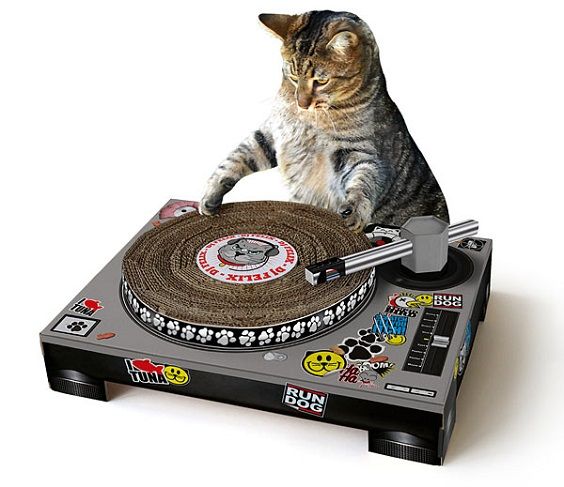
Find out everything there is to know about nephrotic syndrome in felines, a rare but extremely dangerous disease
Cats, as well as other pets, tend to conceal pain very well and theatrically mask the symptoms of a disease, at least they try in the vast majority of cases. It can therefore be difficult to notice that our feline friend is ill and to notice a state of sudden discomfort. These are some of the reasons why the cat's health should be checked periodically, carrying out all the necessary analyzes.
There are in fact diseases which, if not treated in time, can be fatal. One of these is nephrotic syndrome, a disorder that occurs in conjunction with other clinical conditions. So let's see what this syndrome is, what are its causes and with what therapies to treat it.
Index
What is Nephrotic Syndrome
Nephrotic syndrome is a disease that occurs with four alterations: proteinuria, hypoalbuminemia, hypercholesterolemia and peripheral edema. This syndrome is a disorder of the renal glomeruli, the tiny arterial capillaries that filter the blood, but which due to this disease are weakened by becoming less selective and expelling a large amount of protein through the urine. About 3.5 g of lost protein is enough to trigger a chain reaction.
Excessive protein loss causes low levels of albumin in the blood - one of the most important proteins for any living organism - and this in turn can lead to edema. High levels of fat in the blood and an increased susceptibility of the animal to infections are also linked to this syndrome.
Causes of nephrotic syndrome in cats
The known causes of nephrotic syndrome in cats so far are:
- Immuno-mediated glomerulonephritisa that is the alteration of the renal glomeruli. In cats this disease can either be congenital because it is shared by other members of the same family or be contracted, but this happens very rarely.
- Amyloidosis, a serious degenerative disease which, due to the accumulation of the amyloid protein, compromises the functionality of tissues and organs. Amyloidosis is a disease typical of some breeds such as the Abyssinian, the Siamese, the Somali and the Oriental where it occurs in different types, but is generally considered a rare complication.
Symptoms of nephrotic syndrome in cats
Nephrotic syndrome manifests itself through a number of conditions which, if observed concomitantly, could be the manifestation of kidney disorders to be investigated when first. Some of these conditions are in cats:
- ascites, the pouring of fluids into the abdominal cavity of the animal
- breathing difficulties
- weight loss and a tendency to anorexia
- weakening of vision up to complete loss
- more frequent urination than usual with possible blood in the urine
- lethargy
Diagnosis of nephrotic syndrome in cats
To diagnose nephrotic syndrome, the vet will perform a series of tests on the cat which generally include:
- blood exam completed
- urinalysis and urine culture
- chest x-ray
- abdominal ultrasound
- kidney biopsy
- blood pressure control
Treatment of nephrotic syndrome in cats
Once all the necessary checks have been made and the diagnosis has been made, the veterinarian will tell you if it is necessary to hospitalize your cat in order to be able to better follow him in the clinic or if it is possible you can give him a home therapy. It all depends on how weak the cat's health is and often the best thing to do would be to combine both.
For nephrotic syndrome there is no specific cure, but it is clearly possible to cure all related disorders. First of all you will need to change your cat's diet, following one specific renal diet low in sodium. Foods of this kind are easy to find, but the vet himself will suggest a specific type for the needs of the feline. If you have other cats or other animals in the house, be careful where you place his bowls to prevent his food from being eaten by others. In addition to changing the diet, the vet can prescribe one fluid therapy and the use of antibiotics. For the treatment of ascites, an intervention to remove abdominal fluids should be considered.
Unfortunately, there are no ways to prevent nephrotic syndrome, but knowing as soon as possible that your cat is affected will allow you to avoid the worst and treat the disease in time and accurately. All the instructions that the vet will give you must be strictly followed to monitor how the animal responds to therapies and allow doctors to act as soon as possible in case there are no improvements. If any strange episodes occur, remember to always write down the time and date they occurred somewhere and immediately contact your trusted veterinarian to update him on the incident.
Fonte: Petplace
Follow your Telegram | Instagram | Facebook | TikTok | Youtube
We also recommend:
- This is why your cat should only eat once a day. The results of a Canadian study
- Does your cat always follow you to the bathroom? 5 reasons why he does it, proven by science
- Bonus for dogs and cats 2022: pay attention to fake news, here's what it really is and how to request it
- Cat urinary infections: symptoms and signs you should watch out for




